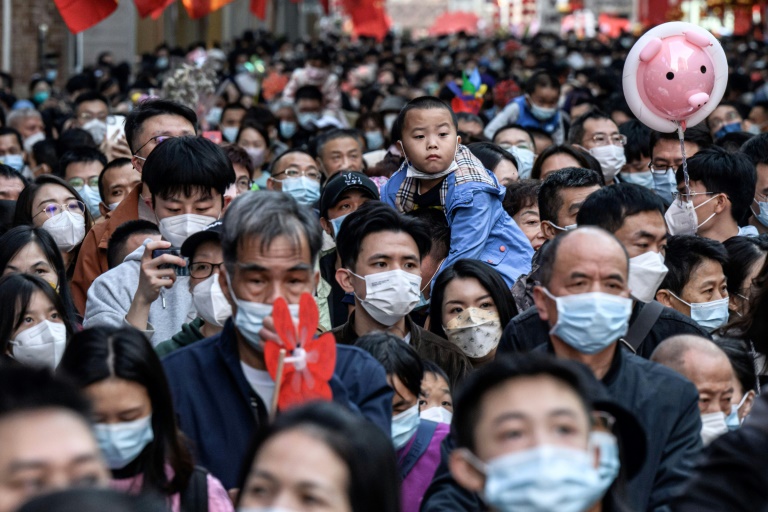New models show how human behaviour influences pandemic trends

China reported nearly 13,000 Covid-related deaths in hospitals between January 13 and 19 – Copyright AFP INDRANIL MUKHERJEE
Following the COVID-19 pandemic, what impacted varying rates of the virus’ outbreak and spread? One question of importance that scientists have been grappling with is: Why were there such varied COVID-19 death rates across the world, even though implemented policies were not that different?
Navid Ghaffarzadegan has developed a model that has helped university officials at Virginia Tech and beyond make research-based policy decisions. His research is focused on the impacts of human behavior in COVID-19 mortality rates.
Ghaffarzadegan explains: “A pandemic emerges from a complex system of human interactions, and a big part of systems engineering is learning how to develop models of complex systems so we can make better decisions.”
In terms of differences, Ghaffarzadegan ponders: “Governments were implementing similar policies, people of different countries on average were doing the same thing, but still death rates varied greatly across different countries. In some countries, people were dying 100 times more than in other countries. We wanted to know, ‘Why was this happening?’”
The answer is as simple as it is complex: human behavior. This unpredictable yet crucial piece of the puzzle is one that was often missing from COVID-19 forecasting models.
“One of the shortcomings of previous modeling was the lack of modeling change in human behavior. People are not passive. They see risk around them and change their actions. It can be difficult to predict how people might behave in the future, so traditionally, researchers neglect modeling this component”, the researcher continues.
The model uses mathematical equations to understand causality by observing phenomena, estimating variables, and getting data.
Using responsiveness as a jumping off point, Ghaffarzadegan created mathematical models that examine aspects of human behavior that affect responsiveness, such as risk perception and adherence to preventive measures.
This showed how seriously and quickly people assess risks and threats is key to understanding why similar policies resulted in such different outcomes.
The work has led other models. The models are developed by collecting data on individual and group actions and constructing algorithms that capture the underlying patterns beneath these behaviors. By forecasting potential outcomes, these models enable public health officials to make optimal decisions to keep people safe. The research appears in the journal Health Affairs. The paper is titled “Why Similar Policies Resulted In Different COVID-19 Outcomes: How Responsiveness And Culture Influenced Mortality Rates.”
New models show how human behaviour influences pandemic trends
#models #show #human #behaviour #influences #pandemic #trends





